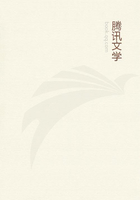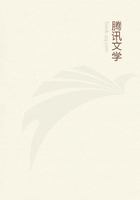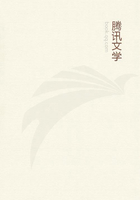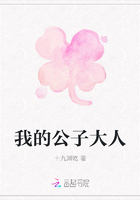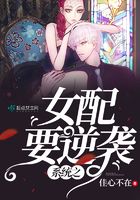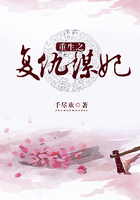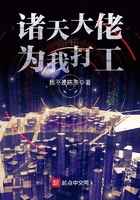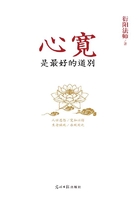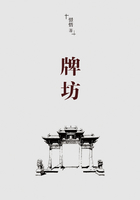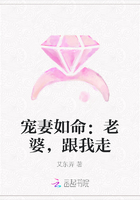Long Retention of Extrauterine Pregnancy.--The time of the retention of an extrauterine gestation is sometimes remarkable, and it is no uncommon occurrence for several pregnancies to successfully ensue during such retention. The Ephemerides contains examples of extrauterine pregnancy remaining in the abdomen forty-six years; Hannaeus mentioned an instance remaining ten years, the mother being pregnant in the meantime;Primperosius speaks of a similar instance; de Blegny, one of twenty-five years in the abdomen; Birch, a case of eighteen years in the abdomen, the woman bearing in the meantime; Bayle, one of twenty-six years, and the Ephemerides, another. In a woman of forty-six, the labor pains intervened without expulsion of the fetus. Impregnation ensued twice afterward, each followed by the birth of a living child. The woman lived to be ninety-four, and was persuaded that the fetus was still in the abdomen, and directed a postmortem examination to be made after her decease, which was done, and a large cyst containing an ossified fetus was discovered in the left side of the cavity. In 1716 a woman of Joigny when thirty years old, having been married four years, became pregnant, and three months later felt movements and found milk in her breasts. At the ninth month she had labor-pains, but the fetus failed to present; the pains ceased, but recurred in a month, still with a negative result. She fell into a most sickly condition and remained so for eighteen months, when the pains returned again, but soon ceased. Menstruation ceased and the milk in her breasts remained for thirty years. She died at sixty-one of peripneumonia, and on postmortem examination a tumor was found occupying part of the hypogastric and umbilical regions. It weighed eight pounds and consisted of a male fetus of full term with six teeth; it had no odor and its sac contained no liquid.
The bones seemed better developed than ordinarily; the skin was thick, callous, and yellowish The chorion, amnion, and placenta were ossified and the cord dried up. Walther mentions the case of an infant which remained almost petrified in the belly of its mother for twenty-three years. No trace of the placenta, cord, or enveloping membrane could be found.
Cordier publishes a paper on ectopic gestation, with particular reference to tubal pregnancy, and mentions that when there is rupture between the broad ligaments hemorrhage is greatly limited by the resistance of the surrounding structures, death rarely resulting from the primary rupture in this location. Cordier gives an instance in which he successfully removed a full-grown child, the result of an ectopic gestation which had ruptured intraligamentally and had been retained nearly two years.
Lospichlerus gives an account of a mother carrying twins, extrauterine, for six years. Mounsey of Riga, physician to the army of the Czarina, sent to the Royal Society in 1748 the bones of a fetus that had been extracted from one of the fallopian tubes after a lodgment of thirteen years. Starkey Middleton read the report of a case of a child which had been taken out of the abdomen, having lain there nearly sixteen years, during which time the mother had borne four children. It was argued at this time that boys were conceived on the right side and girls on the left, and in commenting on this Middleton remarks that in this case the woman had three boys and one girl after the right fallopian tube had lost its function. Chester cites the instance of a fetus being retained fifty-two years, the mother not dying until her eightieth year. Margaret Mathew carried a child weighing eight pounds in her abdomen for twenty-six years, and which after death was extracted. Aubrey speaks of a woman aged seventy years unconsciously carrying an extrauterine fetus for many years, which was only discovered postmortem. She had ceased to menstruate at forty and had borne a child at twenty-seven.
Watkins speaks of a fetus being retained forty-three years;James, others for twenty-five, thirty, forty-six, and fifty years; Murfee, fifty-five years; Cunningham, forty years;Johnson, forty-four years; Josephi, fifteen years (in the urinary bladder); Craddock, twenty-two years, and da Costa Simoes, twenty-six years.
Long Retention of Uterine Pregnancy.--Cases of long retained intrauterine pregnancies are on record and deserve as much consideration as those that were extrauterine. Albosius speaks of a mother carrying a child in an ossified condition in the uterus for twenty-eight years. Cheselden speaks of a case in which a child was carried many years in the uterus, being converted into a clay-like substance, but preserving form and outline. Caldwell mentions the case of a woman who carried an ossified fetus in her uterus for sixty years. Camerer describes the retention of a fetus in the uterus for forty-six years; Stengel, one for ten years, and Storer and Buzzell, for twenty-two months. Hannaeus, in 1686, issued a paper on such a case under the title, "Mater, Infantis Mortui Vivum Sepulchrum," which may be found in French translation.
Buchner speaks of a fetus being retained in the uterus for six years, and Horstius relates a similar case. Schmidt's Jahrbucher contain the report of a woman of forty-nine, who had borne two children. While threshing corn she felt violent pain like that of labor, and after an illness suffered a constant fetid discharge from the vagina for eleven years, fetal bones being discharged with occasional pain. This poor creature worked along for eleven years, at the end of which time she was forced to bed, and died of symptoms of purulent peritonitis. At the necropsy the uterus was found adherent to the anterior wall of the abdomen and containing remnants of a putrid fetus with its numerous bones.


